FilmLab 3 Lets Your Camera Digitize Film Like a Pro-Grade Film Scanner
![]()
Develop and Fix, the developer of the FilmLab series of film digitizing software, has announced the latest generation of the platform: FilmLab 3. The company says that it introduces new versions of the scanning algorithms and is up to four times faster.
The original FilmLab app was billed as the easiest way to turn film negatives into digital files when it launched in 2017 after developer Abe Fettig created the platform to fulfill personal needs.
“When I got into shooting film, I started imagining software that would make it easier and more fun to scan and share my negatives with other people,” he said in the Kickstarter video from 2017.
Now, six years later, the app is in its third iteration and this latest-generation platform introduces new versions of the FilmLab Color Negative Process and FilmLab BW Negative Process, which are algorithms for converting scans of negative film into positive images.
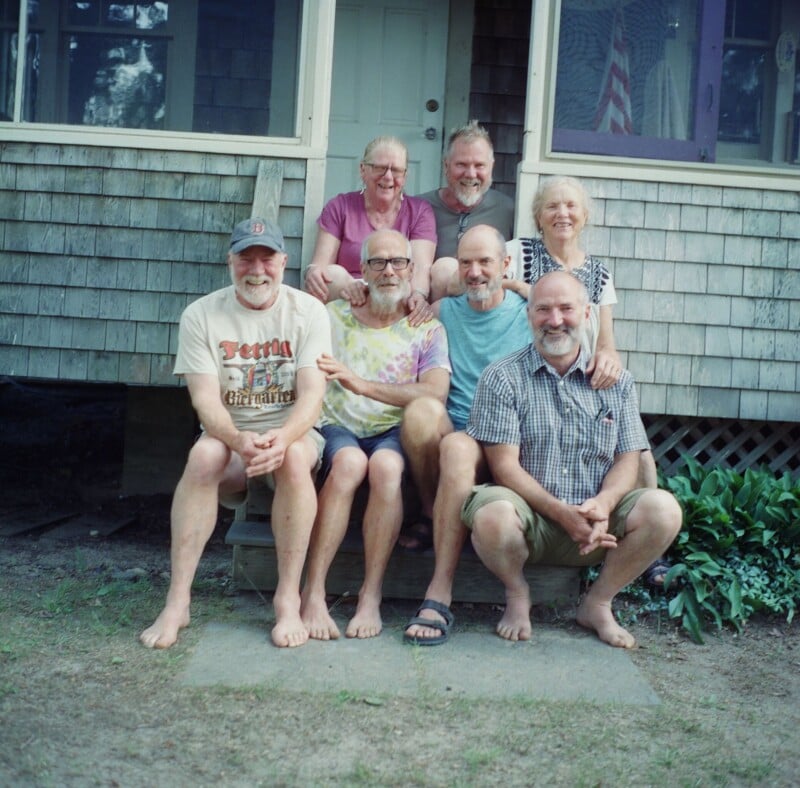
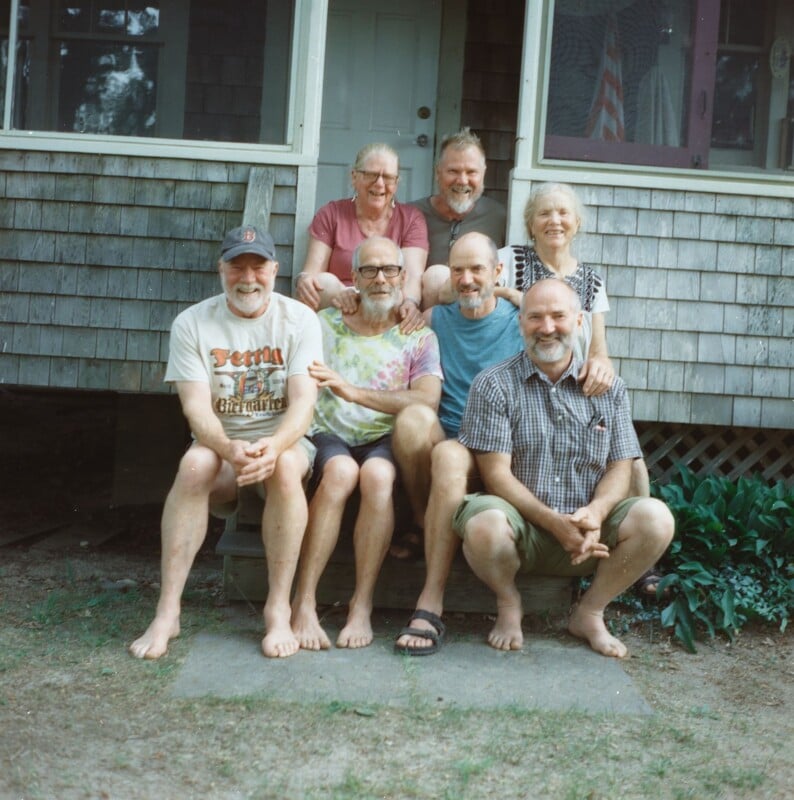
The company says that these new Processes use the power of modern GPUs to convert film scans up to four times faster than before and also include “breakthrough color science” that allows any mirrorless camera or DSLR to digitize film photos in a way that looks like they were made with a professional-grade film scanner.
Develop and Fix also says that FilmLab 3 includes new features that help film photographers and archivists produce better images from their scanned negatives. The first of these is a new Scanning Flare Correction tool that the company says fixes dimness and poor contrast that is caused by ambient light reflecting off a negative during scanning. It also improved the noise removal and sharpening features to help reveal more of the information on the original film. FilmLab 3 also has a new Highlight Recovery tool that Develop and Fix says makes it possible to fill in detail in overexposed areas.
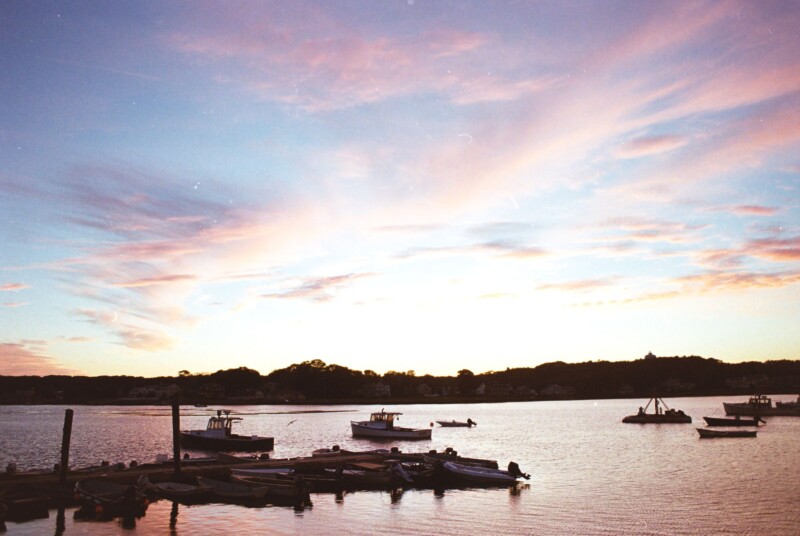
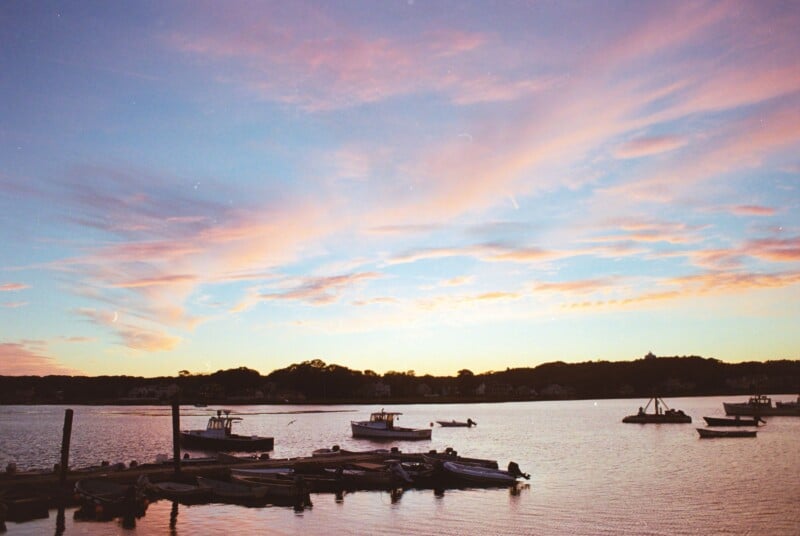
“This release has been a long time in the making. For the last two years, our team has been developing the new FilmLab Color Negative Process. Working with Thomas Madden, former Senior Principal Scientist at Eastman Kodak, we researched the way modern digital camera sensors respond when used to scan film. We wanted to know if it would be theoretically possible to achieve good color accuracy without using a sensor specifically developed for film scanning,” Fettig says.
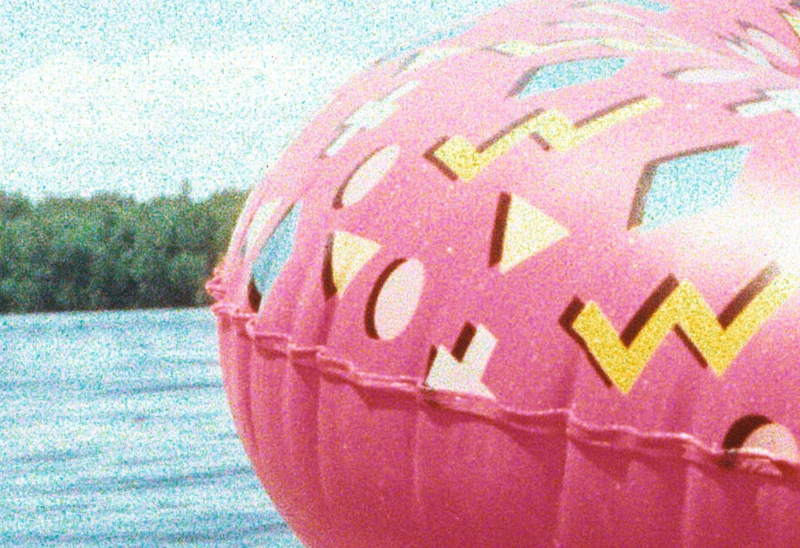
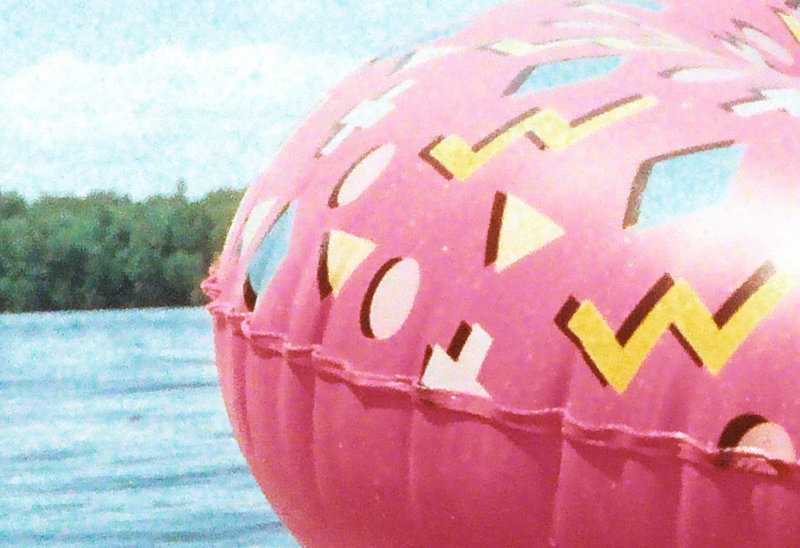
“The initial results were promising, so we spent the next nine months developing a prototype that could take the raw values captured by camera sensors and convert them to accurate measurements of film dye density. We used the results to generate digital images, and compared them to actual prints made from the same negatives using the chemical RA4 process. The results were extremely similar, and it was thrilling to see that our process was able to accurately reproduce the behavior of analog materials! Finally, we implemented the algorithms in shader code so they could run on GPUs. For a small company like ours this was a big investment in R&D. We’re glad it paid off!”
FilmLab 3 is available now as a beta release for Windows and macOS and can be downloaded from the company’s website. FilmLab 3 for iOS will be available in beta in early September and FilmLab 3 for Android will be available in beta later in the fall.
The company expects the final version of FilmLab 3 will ship to all platforms before the end of the year.
Image credits: Develop and Fix